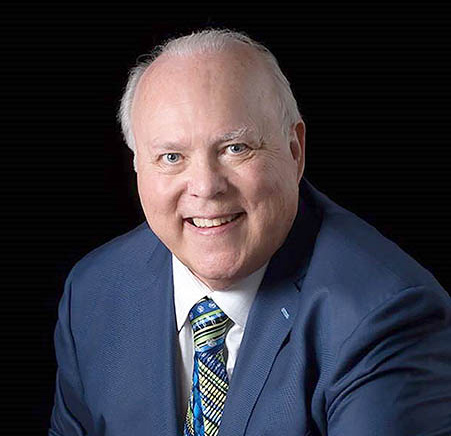View Articles By Category
- All
- Aquatics
- Awards
- Camping
- Conservation & Environment
- COPE/Climbing
- Fishing
- NCAP
- Outdoor Ethics/Leave No Trace
- Properties
- Shooting Sports
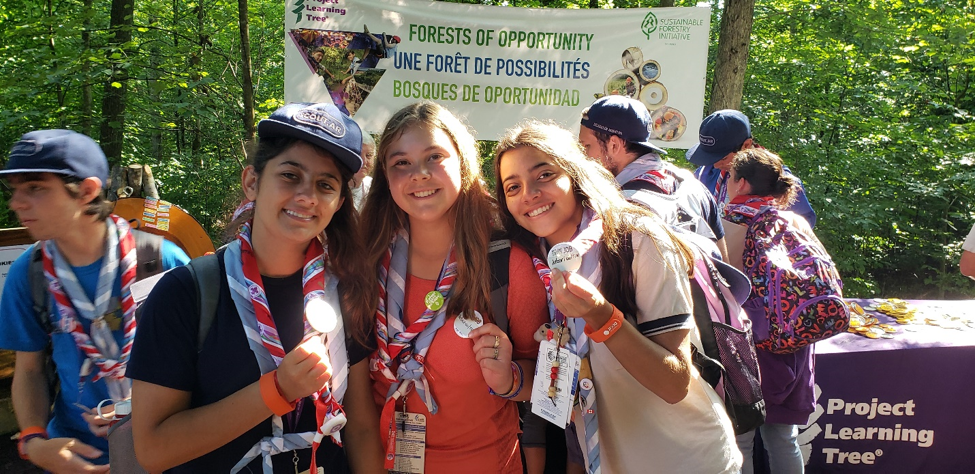
Outdoor Ethics/Leave No Trace
CONSERVATION THROUGH FOREST MANAGEMENT CERTIFICATION. Sustainability is a consideration for today’s council properties. Scouting principles promote responsible use of natural and human resources such as forests, water, land, outdoor ethics, and good stewardship of BSA lands for today and tomorrow. Continuous improvement and measured results are part of a sustainability program. Certification to Sustainable Forestry Initiative® (SFI) Forest Management Standard provides a proof point for responsible – and measurable – management of forest resources.
SFI® is an independent, non-profit organization with a mission to advance sustainability through forest-focused collaborations. Currently over 100,000 acres of both Philmont and the Summit Bechtel Reserve are SFI certified. This means that these properties have conservation plans that are in compliance with the SFI Forest Management Standard that promotes healthy forests.
The SFI Forest Partners Program, which is a partnership between SFI, Meredith, National Geographic, Pearson, Macmillan, Hearst Enterprises and Boy Scouts of America have provided assistance for initial certification, including funding for assessments of potential participants’ plans, consulting fees, and initial audit readiness.
To learn more about the Sustainable Forestry Initiative, visit www.sfiprogram.org. To learn more about how SFI is collaborating with BSA, see www.sfiprogram.org/scouts/.
NCAP
In 2013, the Boy Scouts of America implemented the National Camp Accreditation Program (NCAP). NCAP was established to help councils elevate camps to new levels of excellence in delivering Scouting’s promise to youth. Since then, Councils have engaged in rigorous reviews of their camps and properties, challenged to have continuous improvement plans, while also reviewing their facilities and programs to eliminate any substandard practices.
The Outdoor Programs & Properties Team sat down with Steve Phillips, the National NCAP Committee Authorization Chair to talk about NCAP, explain the authorization process and why this first step may be the hardest but how it helps the council.
Outdoor Programs & Properties: So, what does “authorization” really mean to a local council?
Steve: Well, first let’s try to clear up a confusing word – and that word is camp. In the Boy Scouts of America, camp can refer to a property, or to the program that is being conducted. So, because of this, the BSA states that for a BSA Council to operate a camp, meaning the property or the program, they must be authorized to do this. When a council completes the NCAP Authorization, they are given authority to use the BSA brand, operate BSA programs, and use the BSA insurance for official BSA programs.
Outdoor Programs & Properties: So, are you saying the NCAP authorization gives a council the ability to operate all camps and programs?
Steve: Each council’s NCAP authorization will list the camp properties that they operate, and what types of camp programs they offer at that property. The property will then specifically be authorized to operate unit camping, day camps, short-term camps, and long-term camps on each camp property.
Through the national NCPA authorization, a council will also be authorized to locally “authorize” their council’s day camps and short-term camps throughout the council.
Outdoor Programs & Properties: What is all involved in the authorization and what are you looking for?
Steve: The actual authorization process starts with the “Analysis” step. During this step, the council will complete numerous documents looking at their properties and camp(s) through various lenses. They will gather the attendance and financial information on both the council, and the specific camp properties. They will also look at the facilities and the programs, which will assist them in creating plans for improvement. This planning stage is a key component to the overall authorization process by assisting the council in creating a year-by-year plan of improvement.
Outdoor Programs & Properties: Once the council gathers this information, what is the next step?
Steve: The next step is to share the data with their council’s leadership. By this I mean that the information that is gathered is only as good as what it is used for. The gathering of this data helps “paint a picture” of the property, its camps and how they effect the council. The board members may not always be able to get to the camp, this is an important way to bring camp to the board! Share the pictures of the camps, let them see what they have so that when the camp needs support or improvements, they have a better picture of why.
Also show how the camp(s) are doing financially. A lot of councils have found that they were subsidizing some of their camps, or all of them by a lot more than they realized. Once the board knows the true picture, then they can help solve the challenges. The final step of an authorization process is to have the board approve the authorization application. The application is then submitted to the National NCAP Committee.
Outdoor Programs & Properties: After the application is turned in, then what happens?
Steve: The National NCAP Authorization team has a team of trained volunteers, called authorization reviewers, that review the applications, evaluate the information provided and then write up the official “Authorization to Operate”. This authorization will include what types of camp programs are approved, while also identifying if there are any items that are needing to be looked at or done by the council. Then the documents are reviewed by a national staff member a final time to make certain that the reviewer did not miss anything and to make certain that it is a fair evaluation. The council is then sent the documents for them to sign and agree too.
Outdoor Programs & Properties: How many councils go through this process yearly?
Steve: The BSA has about 250 councils and there are about 50 councils a year that complete this process. The authorizations are for 5 years so we try to level out the numbers to keep the process running smoothly.
Outdoor Programs & Properties: Is there anything else you would like everyone to know?
Steve: The NCAP Team realizes that there is a lot of time and energy that is put into the authorization, but we hope that everyone understands that the process is designed to benefit the council and their strategic planning. There are a lot of councils that have looked at their data and realized that they were not doing as well as they thought they were doing. There were expenses that they never took into consideration when looking at the bottom line. Through seeing these “challenges”, some councils have changed the way that they were doing things to make camp at least balance financially if not creating a revenue. They also started looked at the facilities with a different set of eyes. The authorization process is a crucial tool in the NCAP toolbox!

Properties
Maintaining a Scout camp property involves various challenges that can affect the bottom line of the camp and your local council. Here are three common myths about maintenance that can hurt your camp and council’s financial health:
Myth 1: Maintenance Is Only Necessary When Something Breaks
Reality: Waiting for things to break can lead to costly repairs and downtime. Preventive maintenance, such as regular inspections and servicing, can help identify and address issues before they become major problems. This approach can save your camp money in the long run by reducing the need for extensive repairs and ensuring that facilities are safe and functional. This is one of the reasons the NCAP standards include a pre and post camp inspection – so you can proactively prepare for camp.
Myth 2: Outsourcing Maintenance Is Always More Expensive
Reality: While outsourcing maintenance may seem more costly upfront, it can save money in the long term. Professional maintenance providers often have specialized knowledge and equipment that can lead to more efficient and effective repairs. Additionally, outsourcing allows your camp staff to focus on their core responsibilities, leading to increased productivity and potentially reducing overall costs. It is important to budget for additional maintenance support to supplement the knowledge and skillset of your on-site camp ranger. Your camp ranger(s) has many responsibilities and may need additional help to prepare camp to open.
Myth 3: Cutting Maintenance Costs Is a Good Way to Save Money
Reality: While cutting maintenance costs may seem like a quick way to save money, it can end up costing your camp more in the long run. Neglecting maintenance can lead to equipment failures, safety hazards, and a decrease in property value. Investing in regular maintenance can help your camp avoid costly repairs and ensure that facilities remain in good condition for years to come. Owning a camp (or multiple camps!) is not easy and funding maintenance is critical to managing these assets. Ensure that your maintenance budget reflects the needs of your specific camp(s). Start by estimating the annual costs for routine maintenance tasks such as groundskeeping, building repairs, and equipment servicing. Consider factors such as the age and condition of your facilities, as well as any upcoming maintenance projects. It’s also wise to budget for unexpected repairs or emergencies. Leverage the NCAP tools (such as the CFET and CCIP) to help you predict and plan for maintenance costs. Finally, utilizing the FIIX software can help you plan for your annual maintenance costs accurately. For details on FIIX, email andrea.watson@scouting.org.
In conclusion, maintaining a Scout camp property is essential for its long-term success. By dispelling these maintenance myths and investing in regular upkeep, your camp can save money, ensure safety, and provide a positive experience for campers and staff alike.
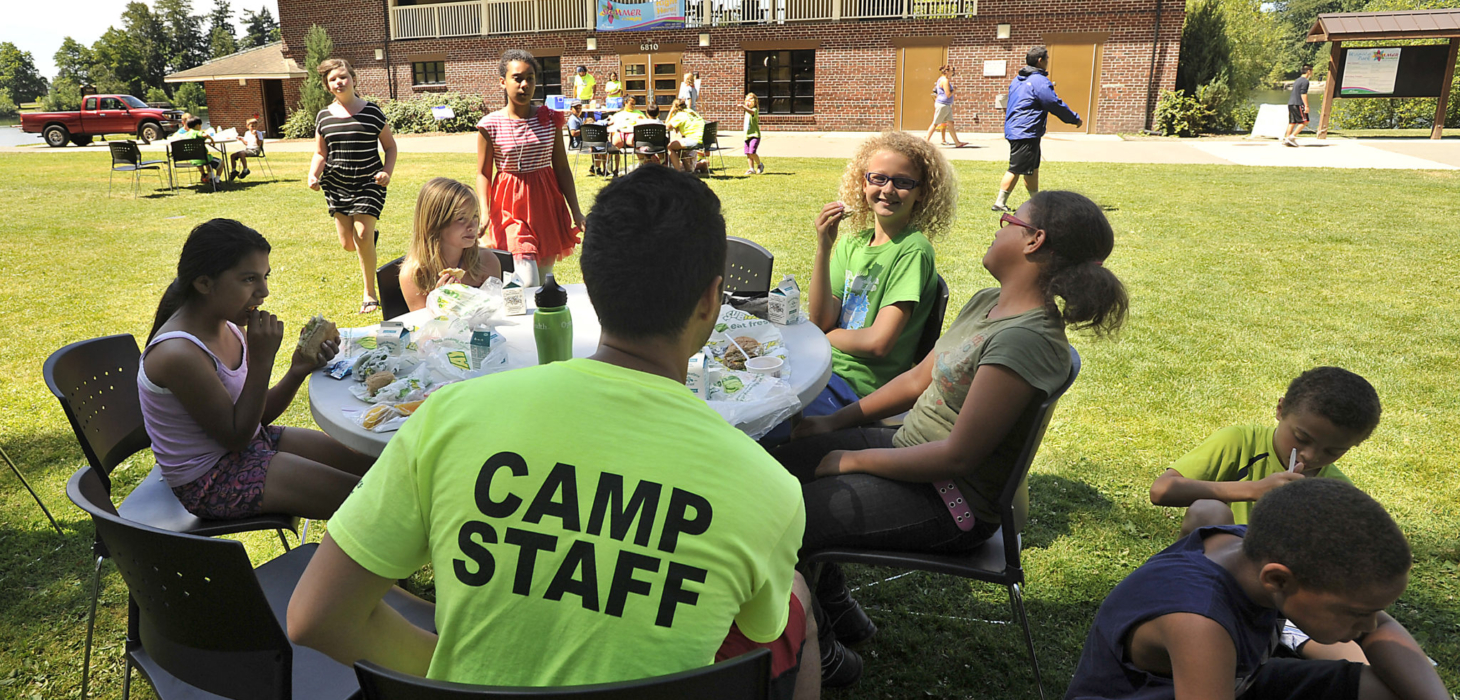
NCAP
As the countdown to camp season begins, camp directors shoulder the responsibility of ensuring their staff are well-prepared to deliver exceptional experiences for our Scouts who will attend. Developing and implementing a great training plan is the cornerstone of success, tailored to the unique demands of each camp type. Let’s take a moment to explore the essential components of staff training for long-term camps, and day camps, accompanied by practical checklists to streamline the preparation process.
For All Long-Term Camps and Day Camps: Before delving into camp-specific requirements, it’s vital to establish a foundation of universal training elements applicable to both of these camp types. Here’s a checklist of training that apply to all:
Youth Protection Training:
- All staff complete before or at camp before camp begins online.
- Renew every two years.
- ACTION ITEM: Collect copies of Youth Protection training for all staff. (Could be done in advance of camp!)
Understanding and Preventing Youth-on-Youth Abuse Training:
- Completed during staff training in-person.
- Renew annually.
- ACTION ITEM: Add to written staff training plan
- ACTION ITEM: Collect copies of training certificates for all staff or use a sign in roster on a training record.
Staff First-Aid Training:
- Ensure at least 50% of staff are certified.
- Maintain a ratio of 1:25 trained staff to campers.
- ACTION ITEM: Collect certifications from Staff. (Could be done in advance of camp!)
Hazardous Weather Training:
- All staff complete online.
- Renew every two years.
- ACTION ITEM: Collect copies of training certificates for all staff. (Could be done in advance of camp!)
In addition, for Day Camps: Day camps are a unique camp type, necessitating specific training adaptations. Here’s a checklist to tailor your training plan for day camp staff:
- Minimum of four to eight hours of training before camp.
- Follow agendas outlined in Day Camp Administration Guide or Cub Scout Day Camp Staff Training Guide.
- Implement Workplace Harassment Prevention Training specifically for paid staff (available online only).
- ACTION ITEM: Retain copies of Workplace Harassment Prevention Training certificates on-site and at the council office (if applicable).
For Long-Term Camps: Long-term camps demand a more comprehensive training approach and encompass extended durations and specialized skill sets. Here’s a checklist to elevate your staff training for long-term camps:
- Provide a minimum of 28 hours of staff training.
- Incorporate program-specific outlines.
- Allocate 10 extra hours of training for each additional type of long-term camp. (i.e. Cub Scout, Scouts BSA or Venturing)
- Supervise training with personnel trained at National Camping School.
- ACTION ITEM: Develop a staff training plan showing 28 hours of training (above and beyond physical set up of camp). The NCAP assessment team will need to see this plan and it can be submitted with your Declaration of Readiness.
Multiple Program offerings. Facilitating seamless integration between staff members transitioning across different camp types is essential for maintaining consistency and quality. Here’s a checklist to promote staff moving from one camp program type to another:
- Brief staff on program guidance and program delivery for each camp type.
- Develop program plans for each program activity in each program type using the age-appropriate guidelines.
- Address differences in program groups, including gender- and age-related issues.
While this list is not all the things you need to do to train your staff it will give you a good starting point in developing your staff training plan. Remember that your plan needs to be in writing and approved by the appropriate council committees.
As camp director, your commitment to staff training sets the stage for a memorable and enriching camp experience for all. By leveraging these checklists and tailoring your training plan to suit the specific needs of each camp type, you empower your staff to excel in their roles, ensuring camper safety, growth, and enjoyment throughout the season. With careful preparation and attention to detail, you can embark on the upcoming camp season with confidence and enthusiasm.
Resources: For more information on staff training see NCAP standard SQ-402. Additional information and staff training guidance for long-term camp can also be found in the upcoming revised Camp Staff Training Guide which will be released at the end of April 2024.

Aquatics
Did you know that the largest percentage of fatal drownings in the United States in kids 19 and younger occur in open water, such as lakes, oceans, and rivers? To get an idea of just how quiet and undramatic from the surface drowning can be, consider this: It is the No. 2 cause of accidental death in children ages 15 and under, just behind vehicle accidents.
Some drownings occur because people do not recognize the signs it is happening. No yelling, no waving. Just a silent gasping for air and 20 to 60 seconds later, submersion. And someone has drowned, maybe in plain sight.
Since the inception of Scouting, learning to swim and engaging in aquatics activities have been core to the program. More than 1.5 million aquatics-related merit badges have been earned by Scouts BSA since 2009. The BSA has also been a leader in promoting and providing training in aquatics safety. For at least 80 years, checklists have been in place to make sure those aquatic experiences are positive ones.
Safe Swim Defense and Safety Afloat govern BSA swimming and boating activities. These programs help provide leaders, Scouts and parents with the tools they need to be prepared to participate in aquatics activities. These programs are the BSA way to conduct a safe and fun aquatics program.
Be prepared for your aquatics adventures this summer!
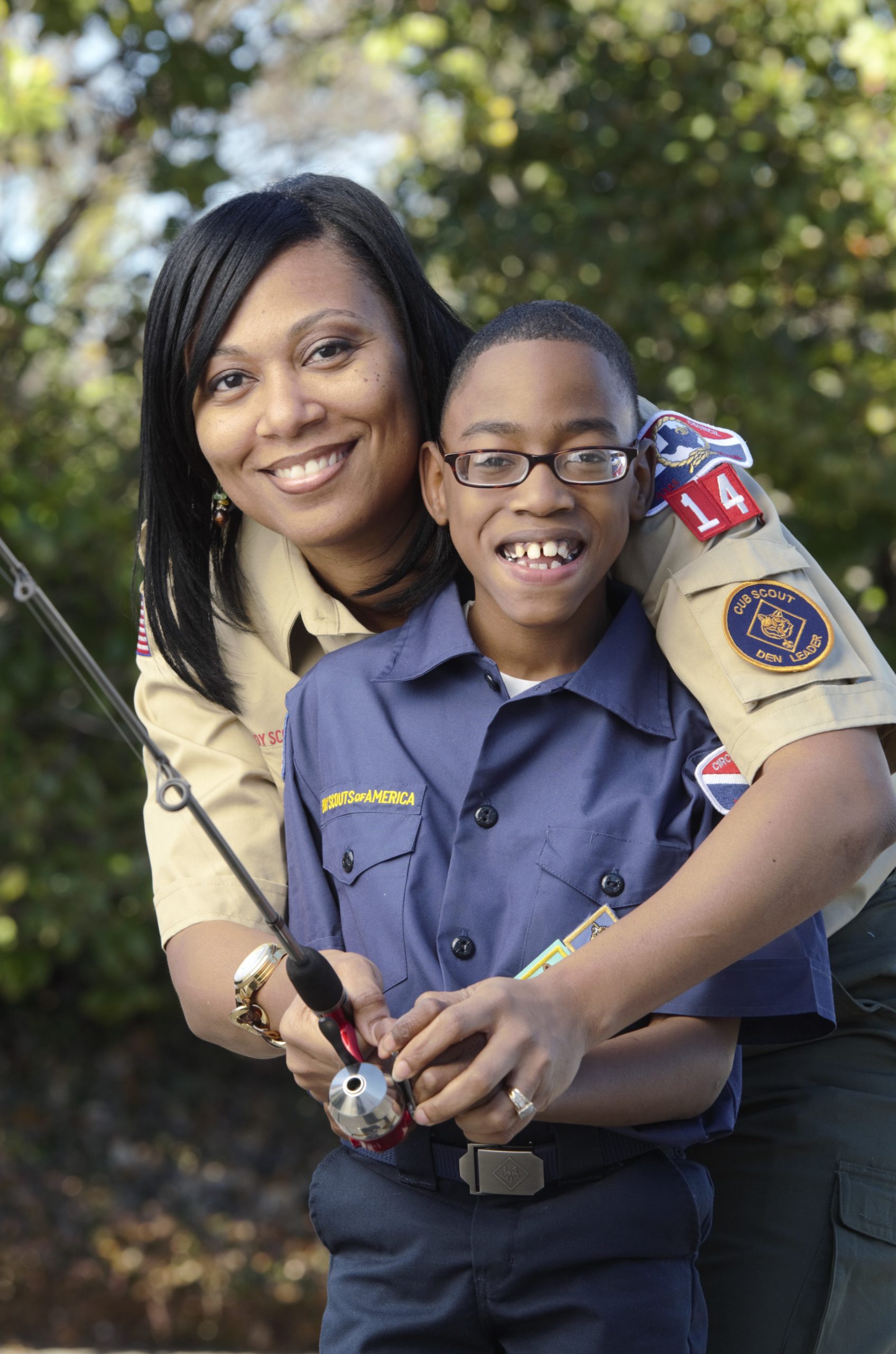
Fishing
What makes fishing such a great outdoor activity? Especially today, we are not fishing to feed our families. We fish for the challenge of fooling the fish into thinking we can imitate the natural environment and their prey. Many times, we catch and release the fish. We do this so we can keep a resource and possibly catch them when they have grown bigger.
Most times we go fishing not to catch fish but, to be outside many times sitting next to a beautiful mountain stream or rocking with the blue ocean. It is an activity that will transport us away from the stresses of everyday life and the only thing we can think about is concentrating on what we must do next to catch that fish.
The act of fishing drives us to want to preserve this experience for ourselves. In the long run, it makes us want to preserve it for future generations. From this, we learn about wildlife conservation. Fishing teaches us to care about things beyond ourselves.
The fact is that I would probably not be a Scout Leader without fishing.
My father was raised in a very poor part of Los Angeles from a poor Japanese immigrant family. The local Catholic Church had the best school in the area. My Grandparents valued education as the way out of poverty so my dad and his brother we enrolled in that school.
That school had a Boy Scout Troop. My father told me that his lifetime love of fishing came from learning to fish in Boy Scouts. He passed his love for fishing to me and enrolled me in Scouts as soon as I was old enough. I did the same thing when my son was old enough to be a Tiger Scout. My dad only became a Second Class Scout but he always lived by the Scout Oath and Law.
We, as Scout Leaders, have many opportunities to influence many generations ahead of us. It is why most of us are Scout Leaders. It would have to be obvious to you why, I have chosen fishing as my way of keeping Youth active in our movement. We all must have that special bait to keep and retain Youth. Therefore, fishing is my tool.

Properties
Winter weather can bring challenges to outdoor maintenance projects at Scout camps. However, it’s also an opportune time to focus on indoor tasks that contribute to the overall upkeep of the camp. In this article, we’ll explore maintenance projects that can be done indoors during the winter season.
Cabin Inspections and Repairs:
Use the winter months to inspect cabins for any issues that may have arisen during the year. Check for leaks, drafts, or damaged windows and doors. Addressing these concerns early ensures a comfortable and secure environment for campers when the camping season resumes.
Indoor Painting and Refinishing:
Consider giving indoor spaces a fresh coat of paint or refinishing wooden surfaces. This not only enhances the aesthetics of the camp but also helps protect surfaces from wear and tear.
Update your FIIX Records:
Use this time indoors to ensure your FIIX records and files are up to date. Have you logged all the maintenance from the last few months? Create check lists for spring and get prepared for summer. Aren’t using FIIX yet? Reach out to outdoorprograms@scouting.org for details on this important tool.
Equipment Inventory and Repair:
Take inventory of indoor equipment such as tables, chairs, and kitchen appliances. Identify items that require repair or replacement. This ensures that all equipment is in optimal condition for the upcoming camping season.
Safety Equipment Check:
Inspect and maintain safety equipment stored indoors, including first aid kits, fire extinguishers, and emergency exit signage. Confirm your SDS sheets are up to date. Replace expired items, replenish supplies, and ensure that all safety measures are up to date.
Storage Organization:
Take the opportunity to organize storage spaces. Properly label and arrange equipment, tools, and supplies. This not only makes it easier to locate items when needed but also contributes to a more efficient use of indoor spaces.
Training and Development Sessions:
Use the winter weather to focus on your professional development. There are many online trainings that can be a great addition to your training profile as well as ensure you have the required 12 hours of continuing education per NCAP standard SQ-404.
Winter at Scout camps provides a unique chance to focus on indoor maintenance projects that contribute to the overall well-being of the camp. By tackling these tasks during the colder months, you ensure that the camp is ready to welcome campers with open arms when the warmer weather returns.
Email blast!
Email blast!

